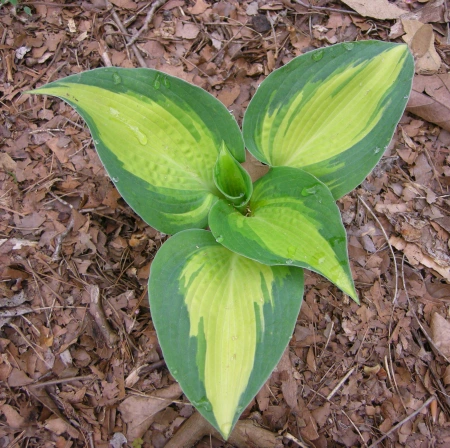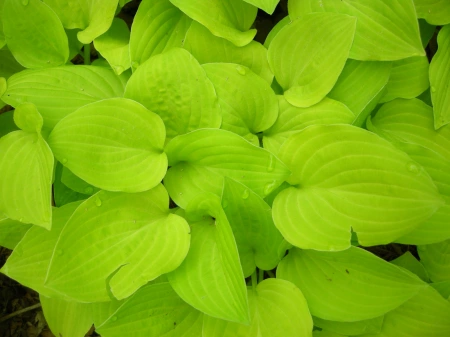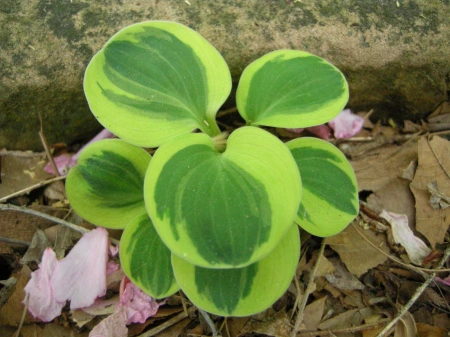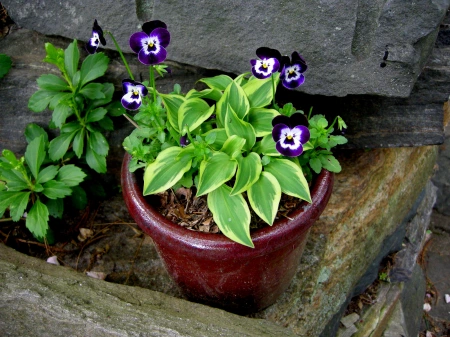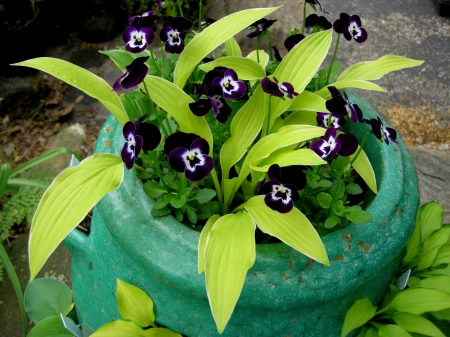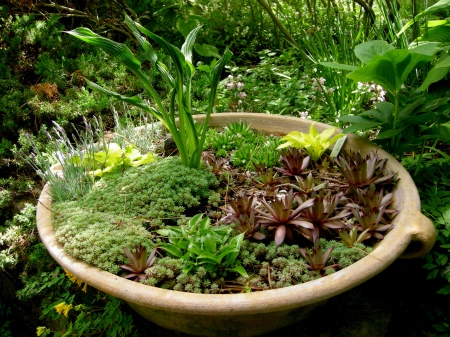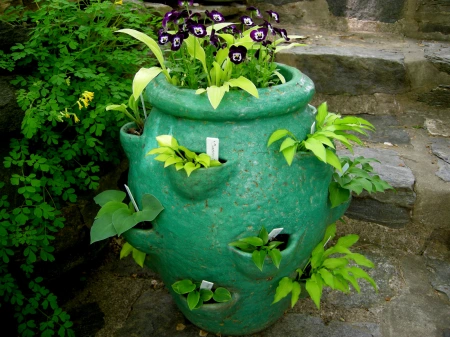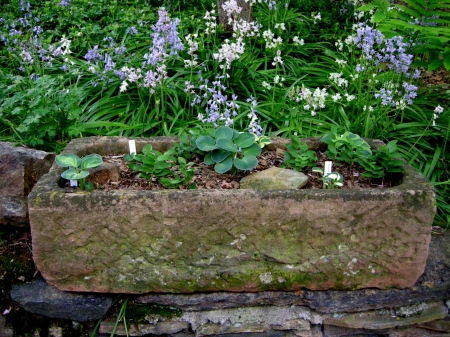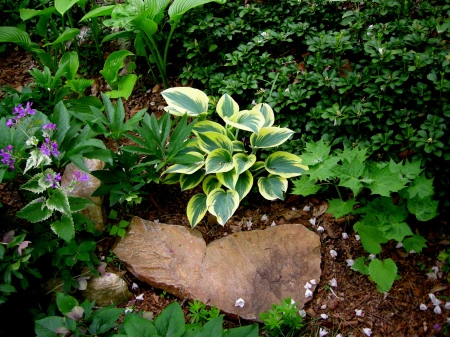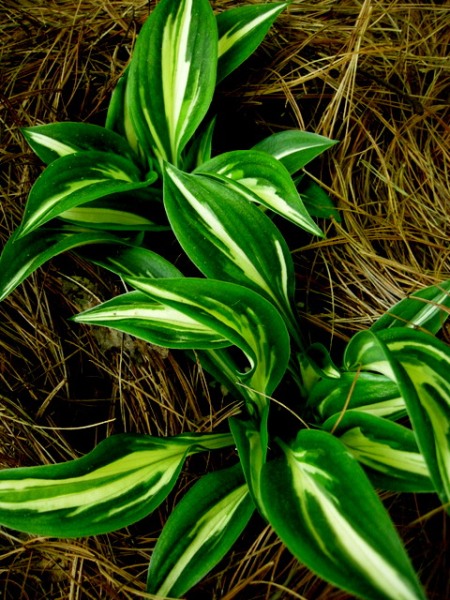 ‘Sparkler’ might make it to my favorite minis list because of its beautiful colors and unusual habit, but I am not sure it meets the American Hosta Society’s definition of miniature. Available at Carolyn’s Shade Gardens (CSG).
‘Sparkler’ might make it to my favorite minis list because of its beautiful colors and unusual habit, but I am not sure it meets the American Hosta Society’s definition of miniature. Available at Carolyn’s Shade Gardens (CSG).
With the latest issue of its journal, the American Hosta Society sent its members a form asking them to vote for their 10 favorite “regular” hostas and 5 favorite minis. In my post Top 10 Favorite Larger Hostas, I showed photos of some of my favorites. Click here to read it. If you are curious, here are my final picks:
1. Blue Mouse Ears
2. Blue Angel
3. Sagae
4. Eye Declare
5. El Nino
6. Crumb Cake
7. Paradise Joyce
8. Praying Hands
9. H. nigrescens
10. Stained Glass
Nursery News: Carolyn’s Shade Gardens is a retail nursery located in Bryn Mawr, PA, specializing in showy, colorful, and unusual plants for shade. The only plants that we ship are snowdrops and miniature hostas. For catalogues and announcements of events, please send your full name, location, and phone number (for back up use only) to carolyn@carolynsshadegardens.com. Click here to get to the home page of our website for catalogues and information about our nursery and to subscribe to our blog.
.
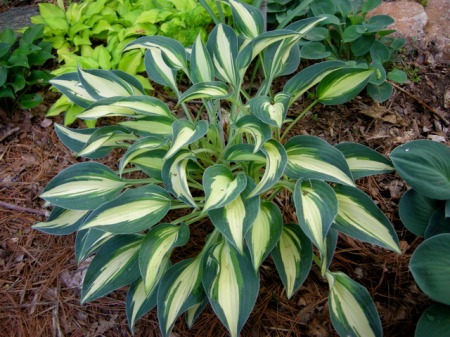 ‘Little Treasure’ may also be too big to be a mini but would be on my top 10 little hostas list because of its amazing blue color and lovely presentaion. Available at CSG.
‘Little Treasure’ may also be too big to be a mini but would be on my top 10 little hostas list because of its amazing blue color and lovely presentaion. Available at CSG.
When my husband saw my post and my list, he commented that there was a lesson to be learned from it: if you see a hosta you like, buy it because it probably won’t be available next year. There are so many new hostas being introduced every year that many great cultivars are no longer sold. Of my top 10 larger hostas, I was only able to sell 4 this year. That’s why for this post I have once again indicated which little hostas are currently available at Carolyn’s Shade Gardens.
.
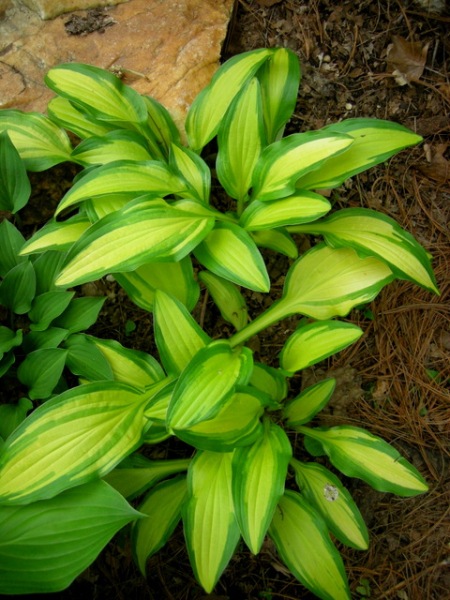 ‘Moon Shadow’ may also be too big to get a vote, but I love its colors. Available at CSG.
‘Moon Shadow’ may also be too big to get a vote, but I love its colors. Available at CSG.
So what is the definition of a miniature hosta? The American Hosta Society defines miniature hostas by their leaf size. The leaf blade area, length x width, can be no greater than 6 square inches. Clump spread is irrelevant. That is why ‘Blue Mouse Ears’ heads my larger hosta list: its leaves are too big to qualify as a mini. Here are a few more that are on my favorite little hostas list but don’t make it to the final five:
.
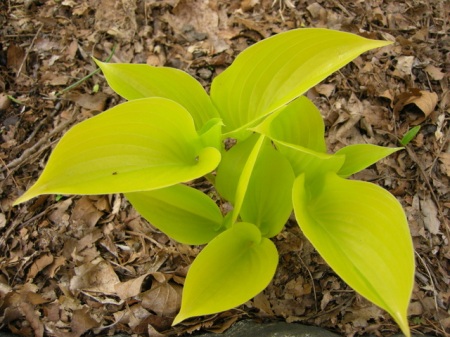 ‘Appletini’, definitely a “little” and not a mini, has breathtaking spring color and shiny gold leaves through the season. Available at CSG in 2016.
‘Appletini’, definitely a “little” and not a mini, has breathtaking spring color and shiny gold leaves through the season. Available at CSG in 2016.
.
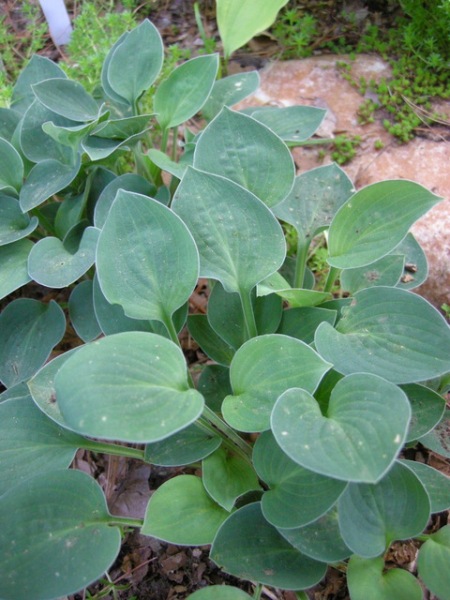 ‘Baby Bunting’s’ leaves look huge here, but they are tiny, cute, and blue in my miniature hosta rock garden. Available at CSG.
‘Baby Bunting’s’ leaves look huge here, but they are tiny, cute, and blue in my miniature hosta rock garden. Available at CSG.
.
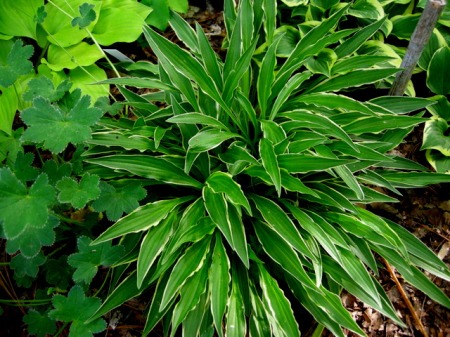 ‘Stiletto’s’ long, narrow leaves with wavy edges also make it stand out. Available at CSG.
‘Stiletto’s’ long, narrow leaves with wavy edges also make it stand out. Available at CSG.
.
 ‘Faithful Heart’ has such an unusual look. The smooth leaves come out solid gold and gradually develop a distinct green edge over the course of at least a month—very fun. Shown here in my strawberry pot. Available at CSG.
‘Faithful Heart’ has such an unusual look. The smooth leaves come out solid gold and gradually develop a distinct green edge over the course of at least a month—very fun. Shown here in my strawberry pot. Available at CSG.
Now for the final five—the hostas that got my vote in the American Hosta Society poll for favorite minis:
.
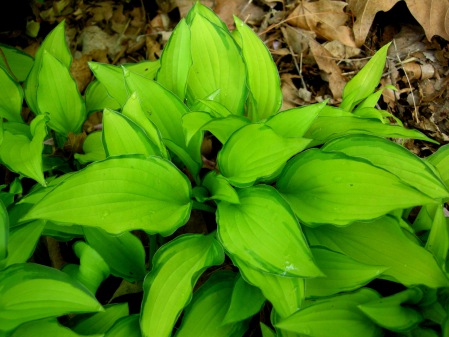 At number five, ‘Twist of Lime’ makes my list because its leaves are beautiful, it is very easy to grow, and it spreads nicely to make a lovely groundcover. Available at CSG.
At number five, ‘Twist of Lime’ makes my list because its leaves are beautiful, it is very easy to grow, and it spreads nicely to make a lovely groundcover. Available at CSG.
.
 At number four, ‘Pixie Vamp’ has everything going for it: great colors, elegant habit, adorable name, and look at those dark mahogany flower stems—a real standout. Unfortunately no longer available but I am searching.
At number four, ‘Pixie Vamp’ has everything going for it: great colors, elegant habit, adorable name, and look at those dark mahogany flower stems—a real standout. Unfortunately no longer available but I am searching.
.
The photo says it all about number three ‘Dragon Tails’. Wouldn’t a dragon have a tail like that? Absolutely adorable! Available at CSG in 2016.
.
You could have predicted that a Mouse Ears hosta would be in my top five. I have chosen ‘Mighty Mouse’ because it is readily available, grows well in pots and the ground, has a really cute name, and epitomizes the Mouse Ears form. Available at CSG.
.
 I could have chosen so many minis to be in my top five and all the finalists could be number one. It’s like being asked to pick your favorite child. However, I ended the agonizing and picked ‘Cracker Crumbs’ as number one. Its shiny gold leaves with blue-green edges are beautiful, it has a great look both as a specimen and as a groundcover, it’s easy to grow, and it is readily available “in the trade”. None of the other four combine all these characteristics. Available at CSG.
I could have chosen so many minis to be in my top five and all the finalists could be number one. It’s like being asked to pick your favorite child. However, I ended the agonizing and picked ‘Cracker Crumbs’ as number one. Its shiny gold leaves with blue-green edges are beautiful, it has a great look both as a specimen and as a groundcover, it’s easy to grow, and it is readily available “in the trade”. None of the other four combine all these characteristics. Available at CSG.
.
I hope you have enjoyed my little hosta roundup. If you would like to read more about little hostas, click on any of the following links:
The Mice Have Multiplied Again
New Miniature and Small Hostas for 2014, Part 2
New Miniature and Small Hostas for 2014, Part 1
2013 New Miniature and Small Hostas
Hostas Containers and Companions
.
Carolyn
Nursery Happenings: The 2015 Miniature Hosta Availability for mail order and pick up at the nursery is here. Our final big spring sale, featuring miniature hostas and summer and fall blooming shade plants is Saturday, May 30, from 10 am to 3 pm. Customers on our list have gotten an email with all the details. You can sign up to receive emails by sending your full name and phone number to carolynsshadegardens@verizon.net.
Carolyn’s Shade Gardens is a local retail nursery in Bryn Mawr, Pennsylvania, U.S., zone 6b/7a. The only plants that we mail order are snowdrops and miniature hostas and only within the US.
If you are within visiting distance and would like to receive catalogues and information about customer events, please send your full name and phone number to carolynsshadegardens@verizon.net. Subscribing to my blog does not sign you up to receive this information.
Facebook: Carolyn’s Shade Gardens has a Facebook Page where I post single photos, garden tips, and other information that doesn’t fit into a blog post. You can look at my Facebook page here or click the Like button on my right sidebar here.
Notes: Every word that appears in orange on my blog is a link that you can click for more information. If you want to return to my blog’s homepage to access the sidebar information (catalogues, previous articles, etc.) or to subscribe to my blog, just click here.





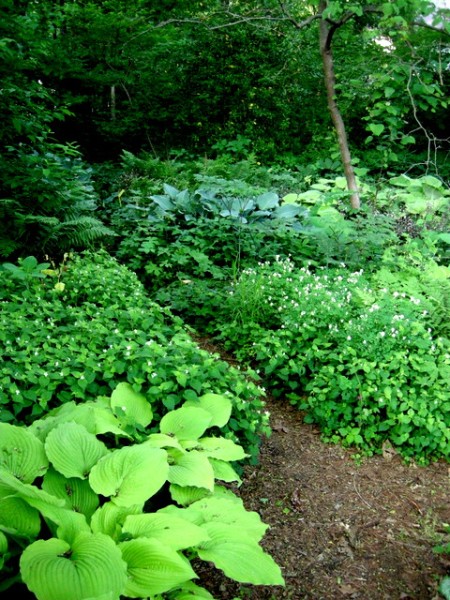





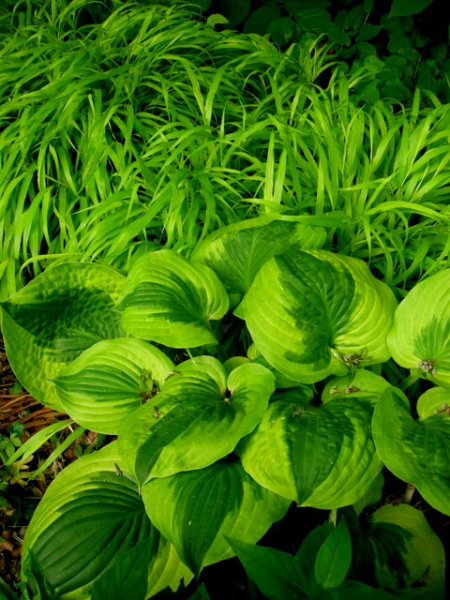
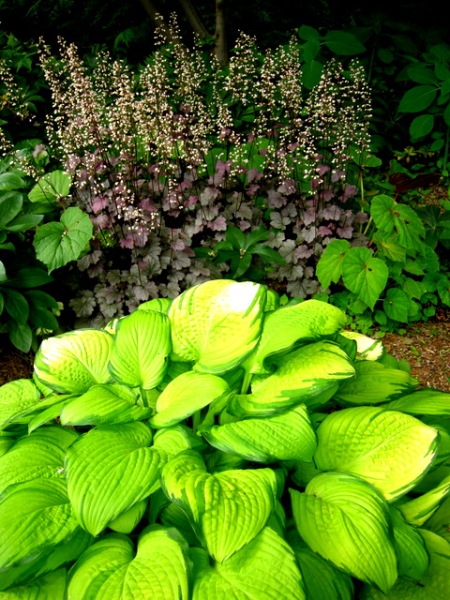




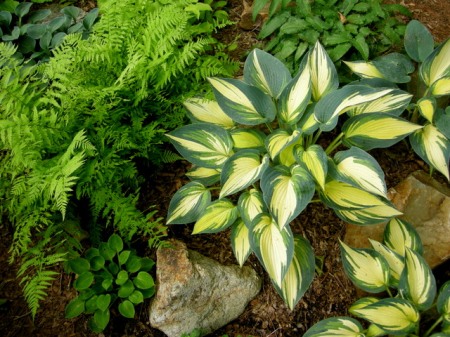

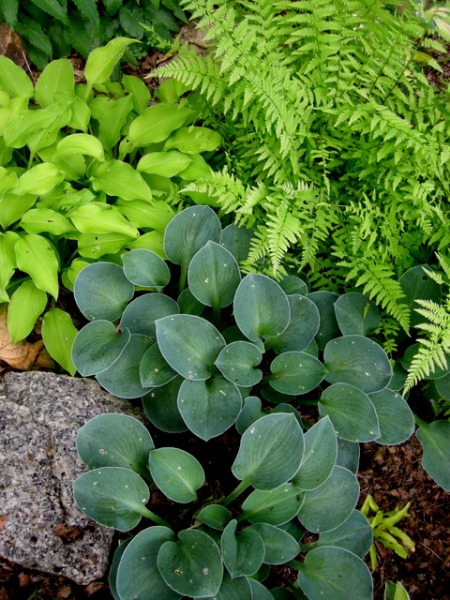

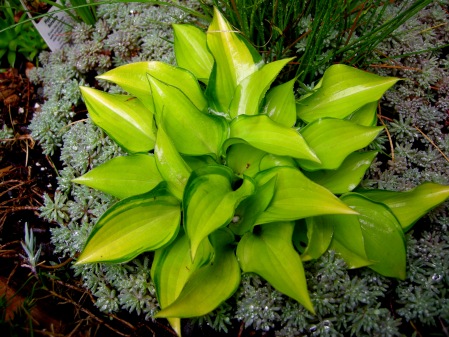

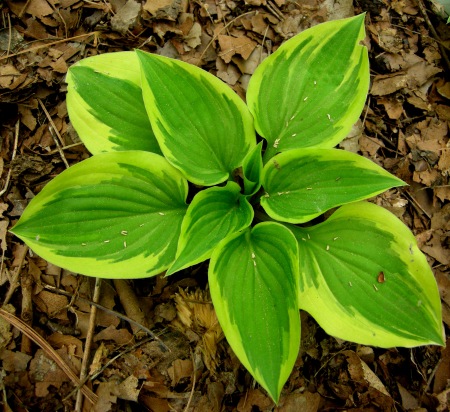


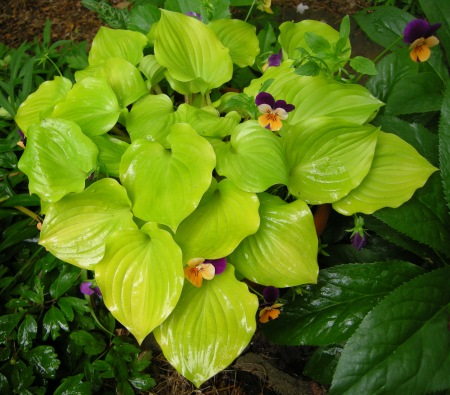

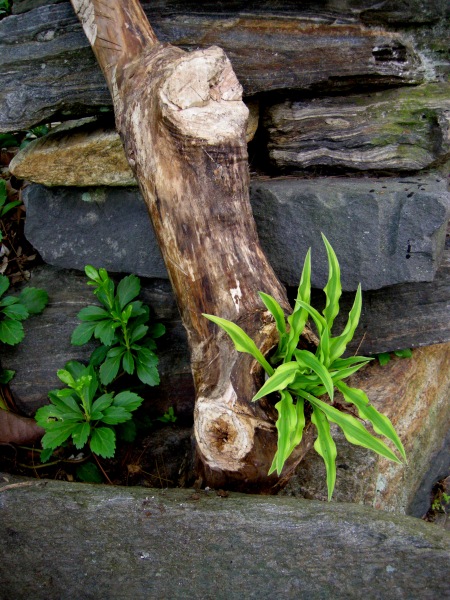

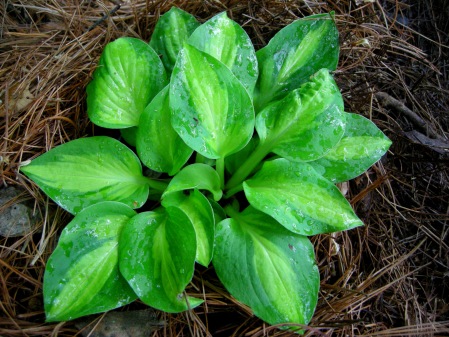
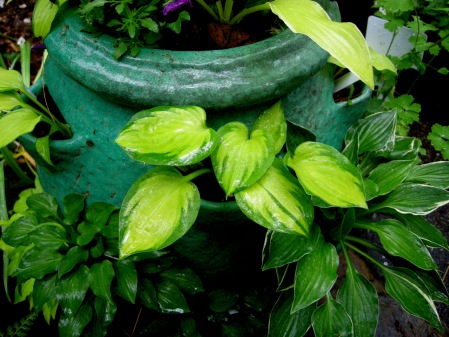
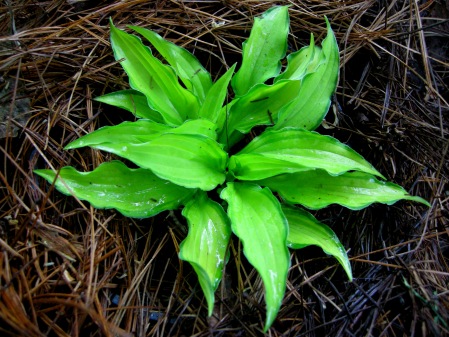

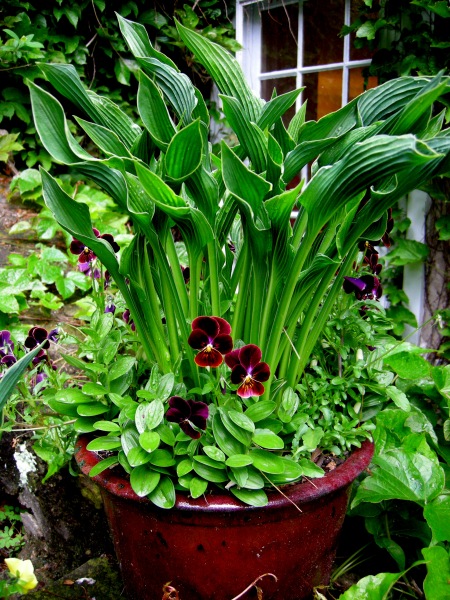
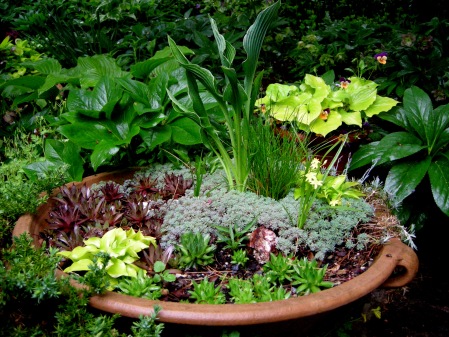

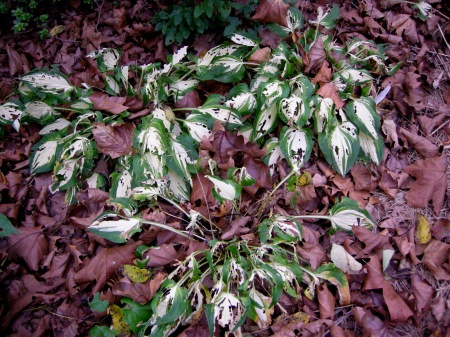

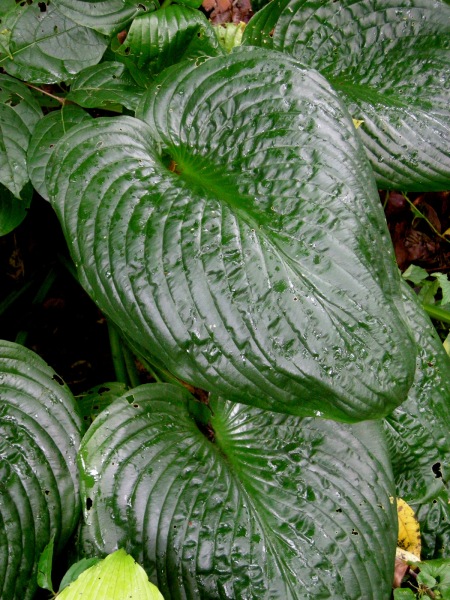
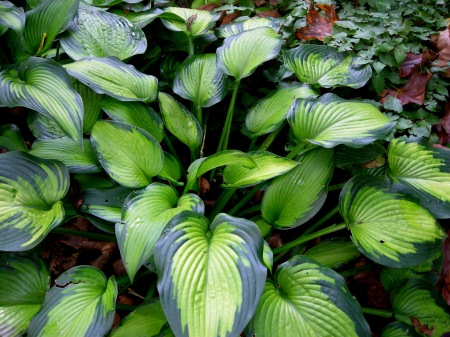 Talk about perfect, Hosta ‘Paradise Joyce’.
Talk about perfect, Hosta ‘Paradise Joyce’.

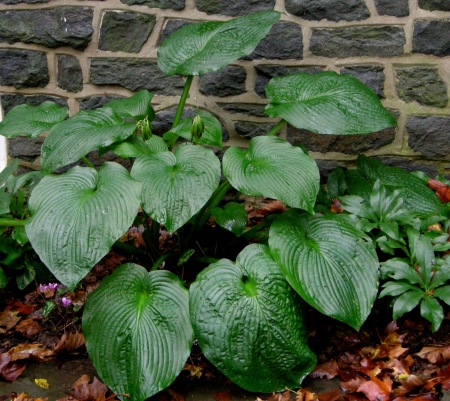

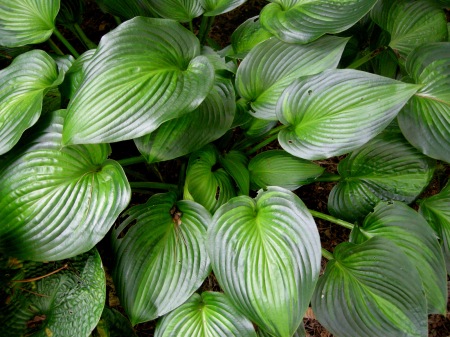

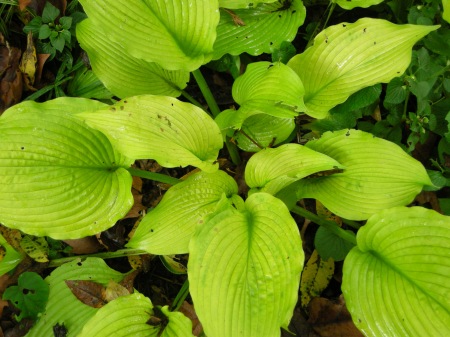


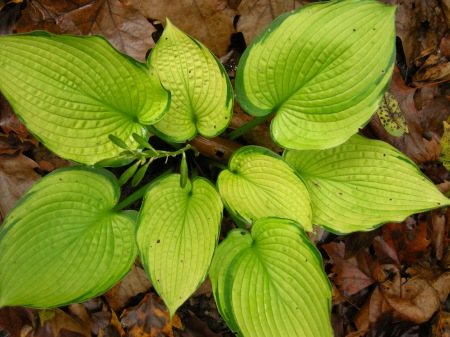
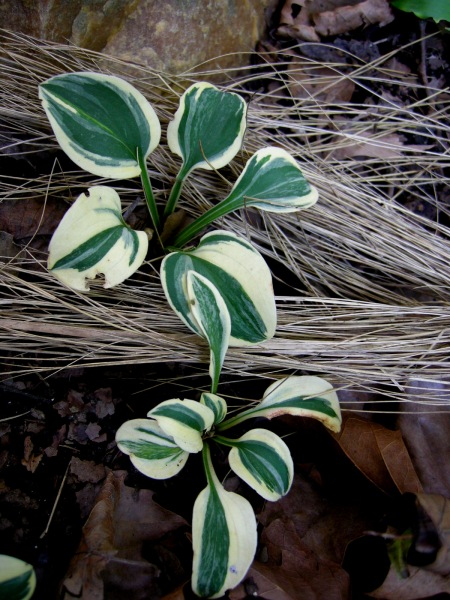
 Hosta ‘Blue Mouse Ears’ is the 2008 Hosta of the Year.
Hosta ‘Blue Mouse Ears’ is the 2008 Hosta of the Year.


